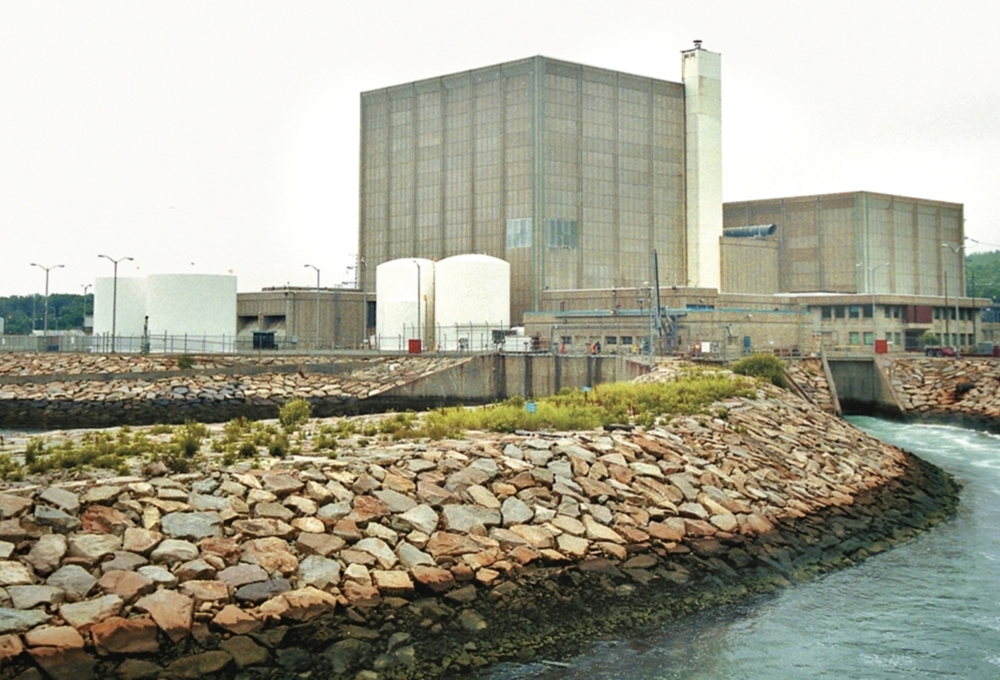The Nuclear Regulatory Commission says it has no evidence that workers at the shuttered Pilgrim nuclear power plant, which is in the long process of being decommissioned, were overexposed to radiation, despite a whistleblower’s claim made in a recent anonymous letter to state officials.
In an email to the Independent, NRC spokesperson Neil Sheehan said the agency is aware of the letter, which asserts that a worker was exposed to unusually high levels of radiation.
The letter was postmarked May 14 and sent to John Priest, director of the radiation control program at the Massachusetts Department of Public Health, and to Cape Downwinders, a citizens watchdog group.
The state Department of Public Health forwarded the letter to the NRC.
“It appears a conscientious Holtec worker is reaching out for help,” said Diane Turco, director of Cape Downwinders. “These allegations must be taken seriously as health and safety impacts to both worker and the public. Holtec [and] the NRC cannot be trusted. We need an independent investigation now.”
Holtec is the company charged with securing the site of the former nuclear plant in Manomet, including the long-term storage of spent radioactive fuel.
The letter said that a radiation protection technician working on the refueling floor of the plant had been setting off radiation detection monitors. As a result, the letter said, the technician is no longer able to work at the plant.
Workers at the site wear dosimeters to measure the amount of radiation they are exposed to. The NRC limits the maximum allowed exposure to 5 rems a year. A worker who has reached that level of exposure may not work in a nuclear facility for the remainder of the year.
“Most workers receive a small fraction of that conservatively set limit,” Sheehan said.
Holtec said the worker did not reach the maximum exposure allowed.
Patrick O’Brien, a spokesperson for Holtec, said a worker inadvertently bumped into the reactor vessel, which sent radioactive particles into the air. Although the employee set off a portal monitor when leaving the area, he added, the dose did not approach allowed exposure level limits established to protect workers.
“Plant investigation into the cause of the event is on-going including analysis independent of the supervisor involved in the activity,” O’Brien said in an email. “As with any activity at the facility that does not go as planned, corrective actions are expected to address both any identified worker performance and program related deficiencies.”
Sheehan said that when a concern that involves the safety of people working at a nuclear plant is brought to the NRC’s attention, it undergoes a careful review.
The anonymous letter said the worker was exposed to high levels of radiation because a supervisor had relaxed controls intended to minimize exposure, though it did not explain how that would have happened.
As part of its regular inspections, the NRC’s Sheehan said, the agency reviews a plant’s radiological safety, including any impact on workers. He said that if the NRC identifies a concern, it will follow up with Holtec.
If a violation is found to be more than minor, Sheehan said, the NRC will issue a public inspection report. Otherwise, it does not make its findings public, detailing them only to the person or people that raised the concern. In this case, as the letter was anonymous, Sheehan said there was no way to contact the writer.
Fred Thys can be reached at fred@plymouthindependent.org.

